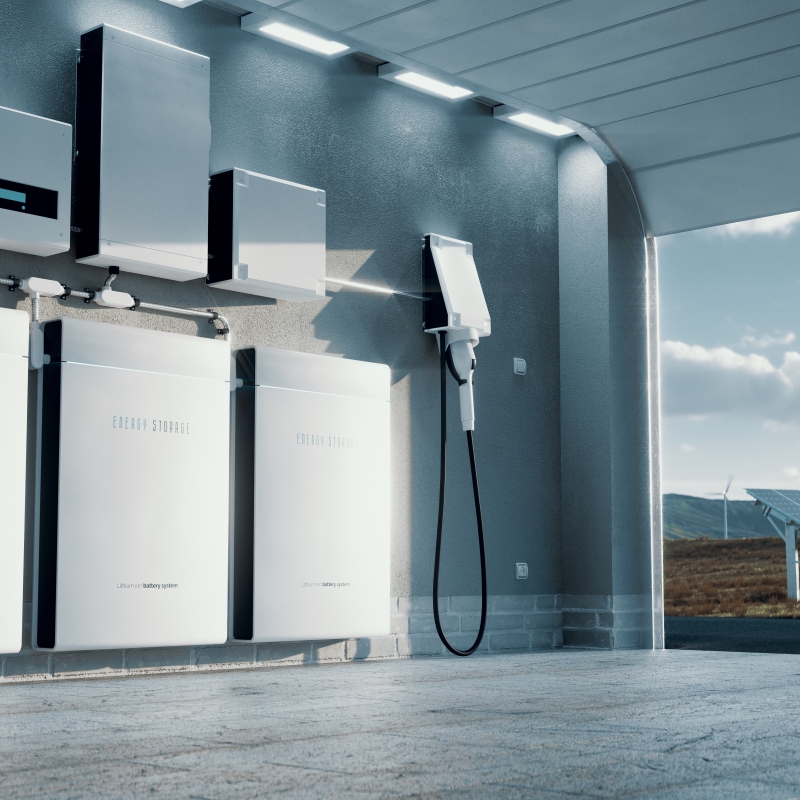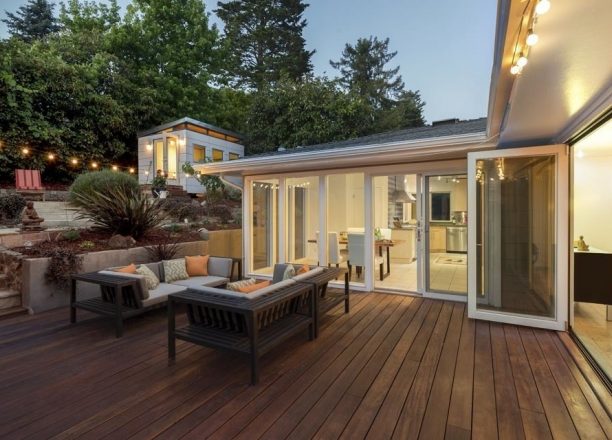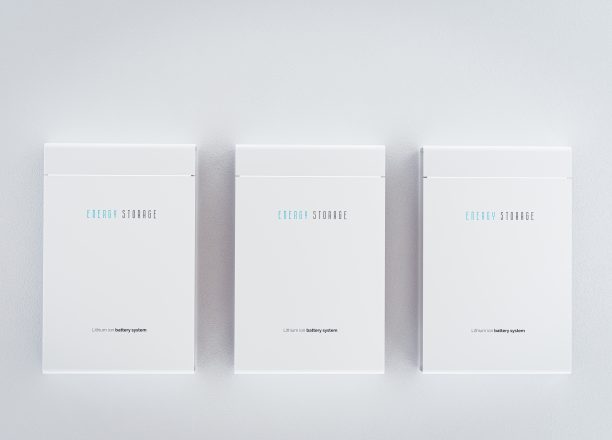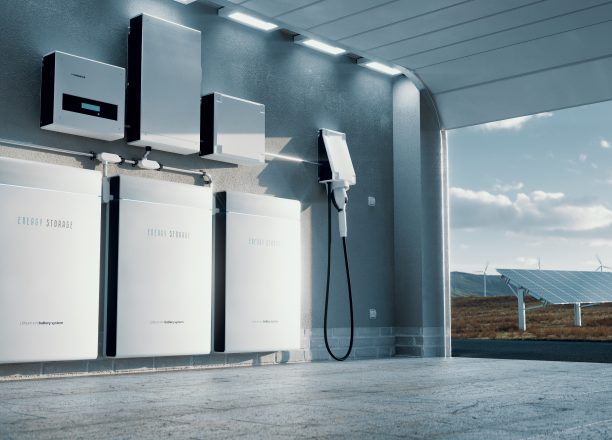Solar + Battery Storage FAQs
To power your home during a power outage or shutoff, lithium-ion batteries are the primary energy storage solution on the market at this time.
If you have rooftop solar, you can charge the battery during the day when your solar system is generating clean energy, and then have your home or business draw power from the battery during the evening hours when the grid power is less clean and more expensive. Installing batteries while having solar panels allows you to store your excess solar energy in batteries rather than selling it back to the grid at wholesale prices.
This gives you more control over how you use your energy and where your excess energy goes, all while reducing your carbon footprint and increasing your personal resiliency. A battery can power part or all of your home depending on the size of the batteries installed.
Frequently Asked Questions
Q. Will my rooftop solar system provide backup power?
A. Unless you have battery storage and a special inverter (normally a DCcoupled inverter) to “island” during a power outage or shutoff, your rooftop solar system will not power your home. The main reason is to protect utility workers from solar power flowing back onto the grid during power outages.
Q. Can solar with battery storage power my entire home during a power outage?
A. It depends. If you want to power your entire home, you will most likely need more than one battery. Instead of installing additional battery backup, which can become costly, a more practical approach is to design a battery backup system to power critical loads only; picking circuits in the house for the most important items such as refrigeration, lighting, entertainment, and communications.
Q. Can I install a battery storage system when I do not have rooftop solar?
A. Yes, but the main disadvantage is that during a power outage, you would not be able to recharge the battery from the grid while the grid connection to your home is shut off.
Q. Can I install a battery storage system to an existing rooftop solar system?
A. Yes. There are two options:
1. You can install a separate AC-coupled inverter battery storage system (which is more common and cost effective), or
2. You can replace your current inverter with a DC-coupled inverter battery storage system (a good option if your inverter is nearing replacement).
Keep in mind that adding a battery storage system could require electrical upgrades to your home. Adding a battery storage system would not require the existing PV system to be re-permitted or re-inspected unless there are additional PV panels being installed.




